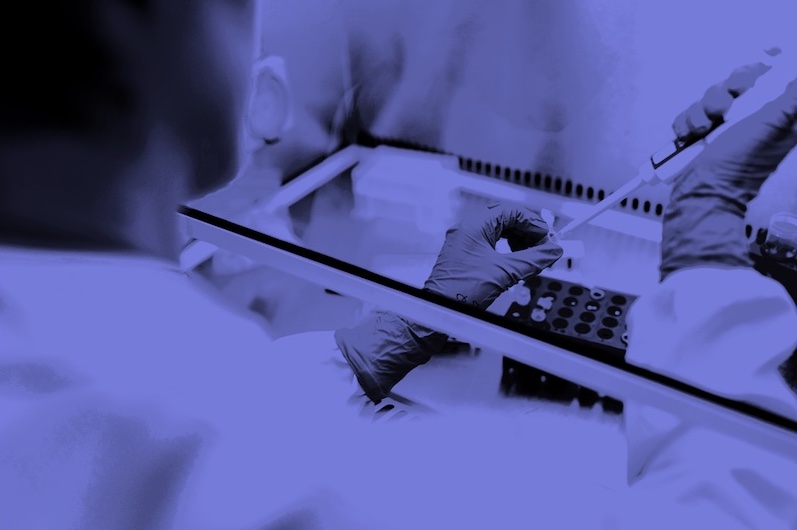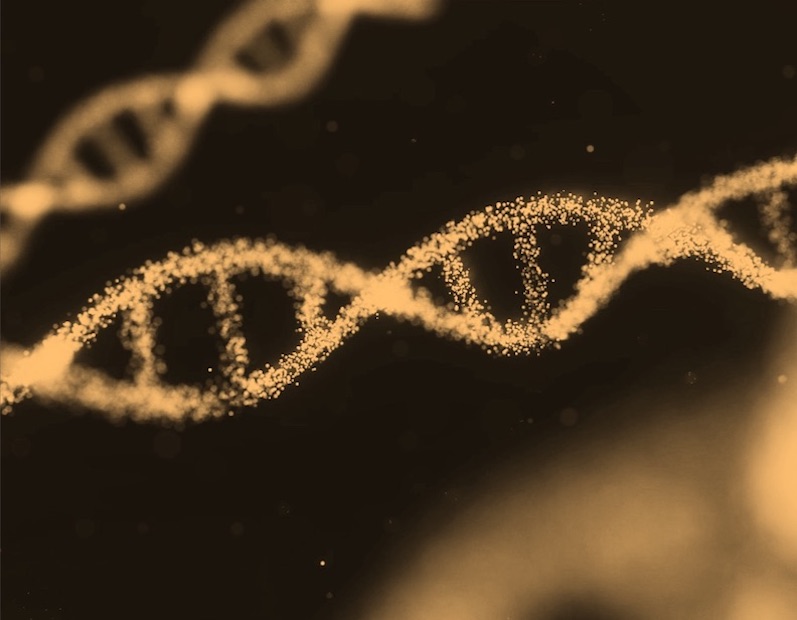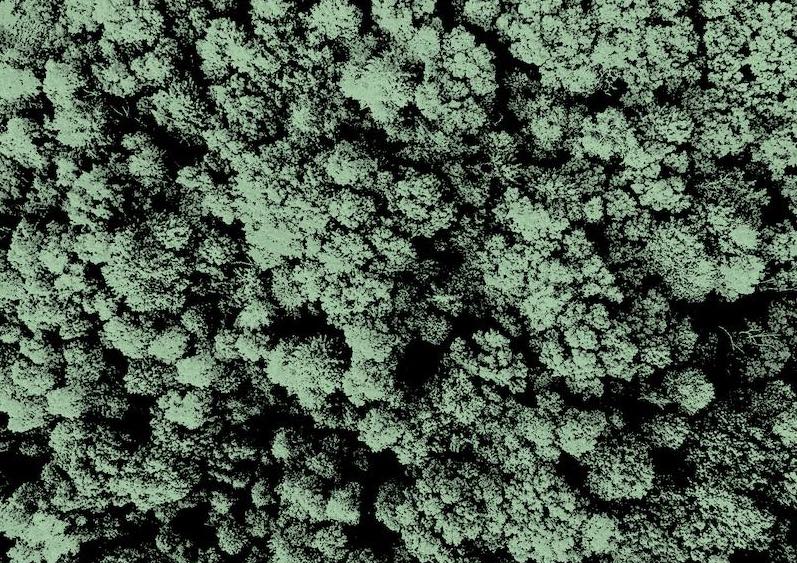What is it about?
30% of the proteins in our cells must either be fully translocated across or inserted into the membrane of the endoplasmic reticulum (ER) whilst they are being made. Given the broad structural and functional diversity of these secretory and membrane proteins, our cells have developed several specialised routes or 'highways' that facilitate protein production at the ER. In this review, we have constructed a definitive road-map for cell biologists in which we describe the different routes involved in ER protein production, summarise our current understanding of these processes and highlight where the major unresolved questions lie.
Featured Image

Photo by Nick Fewings on Unsplash
Why is it important?
Over 30 years since the predominant protein production pathway at the ER was first discovered, new components, pathways and, hence, opportunities for targeting therapeutic interventions, are continuing to emerge. We hope that our road-map will assist and inspire other researchers to further advance our understanding of ER protein production and, ultimately, permit its selective modulation for the benefit of human health.
Perspectives
Writing this article was a very welcome 'lockdown' project and it has been an absolute privilege to highlight and discuss the research findings that many talented scientists have contributed to the field. I truly hope that we have done their work justice and that this serves as a useful resource amongst the ER research community.
Dr Sarah O'Keefe
University of Manchester
Read the Original
This page is a summary of: Membrane protein biogenesis at the ER: the highways and byways, FEBS Journal, June 2021, Wiley,
DOI: 10.1111/febs.15905.
You can read the full text:
Resources
Contributors
The following have contributed to this page










